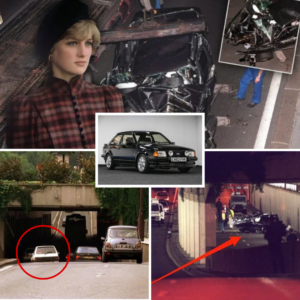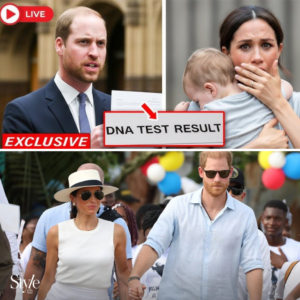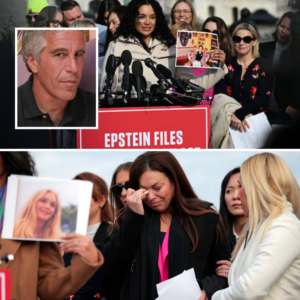X-Men ’97 has proffered a new origin story for fan-favorite X-Men: TAS character – Cable. However, they made some changes to his Marvel origins.

X-Men ’97 depicted an origin story for Nathan Summers, AKA Cable, but changed some key aspects from Marvel’s original comic book backstory. Cable had previously appeared in some of the best X-Men: The Animated Series episodes, but his backstory was merely alluded to. The X-Men: TAS revival, X-Men ’97, proffered a dramatic origin story in X-Men ’97 episode 3, “Fire Made Flesh,” for both Nathan Summers and his mother, Madelyne Pryor.
The basic elements of Nathan Summers’ origin story in X-Men ’97 are taken directly from the comics. Cable was indeed the son of Cyclops and Jean Grey’s clone, Madelyne Pryor, whose birth was orchestrated by Mister Sinister for his genetic experiments. Infected with the Techno-Organic Virus, Nathan Summers was sent into the future to be cured. While these elements were faithfully retold in X-Men ’97, Cable’s origin story was vastly streamlined, occurring over a matter of hours rather than years.
9. Cable’s Mother Had A Different Backstory

Madelyne Pryor Didn’t Think She Was Jean Grey
Unlike in X-Men ’97, Madelyne Pryor was never under the belief that she was Jean Grey and spent no time living her life as so among the X-Men. Madelyne did, however, spend some time with the X-Men at a later stage. Madelyne was introduced in Uncanny X-Men #168 (April 1983) while Cyclops was mourning Jean Grey’s apparent death in “The Dark Phoenix Saga.” Madelyne was a pilot who everybody noted bore a distinct similarity to Jean. Upon meeting, Cyclops and Madelyne fall in love, and Cyclops retired from the X-Men team.
Madelyne Was Killed In Battle And Then Merged With Jean Grey
In X-Men ’97, Madelyne Pryor’s descent into villainy as the Goblin Queen was halted when Jean Grey connected with her telepathically, and Madelyne chose to leave the X-Men mansion for a new life. However, in the X-Men comics’ “Inferno” event, the Goblin Queen’s narrative culminates when she attempts to kill Jean Grey telepathically – by killing herself. However, her story took a cosmic turn when the Phoenix Force merged her essence with Jean Grey’s. All of this occurred before Cable was sent into the future, and Madelyne Pryor would be resurrected some years later.
8. Cyclops Abandoned Cable And Madelyne Pryor After Jean Grey Returns
As Seen In X-Factor (Vol. 1) #1
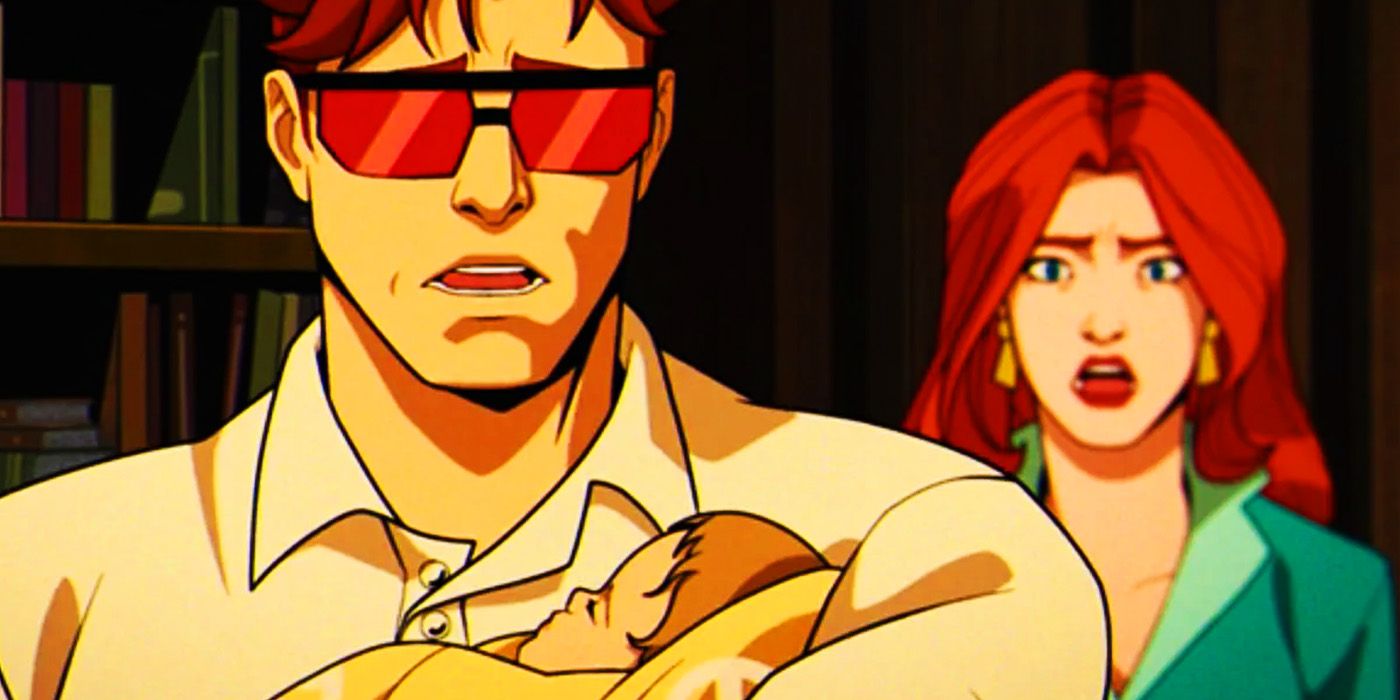
One major change X-Men ’97 made to Marvel’s “Inferno” event was how Cyclops treated his wife and son. In X-Men ’97, Cyclops wrestles with Madelyne’s identity, all while keeping a careful watch over Nathan Summers. Cyclops clearly has a tough time reconciling the events occurring around him, from which he seems strangely detached – allowing Jean and Madelyne to resolve the conflict themselves. This, however, is starkly different from Cyclops in X-Men comics, who promptly abandons his wife and son after learning of Jean’s resurrection.
Cyclops’s choice, driven by a mixture of love, duty, and guilt, had profound consequences, setting off a chain of events that would shape the lives of all involved. The emotional fallout from Cyclops’ decision would reverberate throughout the Marvel Universe, leaving scars that would endure for years to come. It triggered Madelyne’s descent into villainy and left her and Nathan unprotected when Sinister came to claim the infant for his experiments. The storyline was highly controversial at the time, thoroughly undermining Cyclops’s heroic nature. This change is arguably more fitting.
7. Mister Sinister Kidnapped The Infant Cable
As Seen In Uncanny X-Men #206
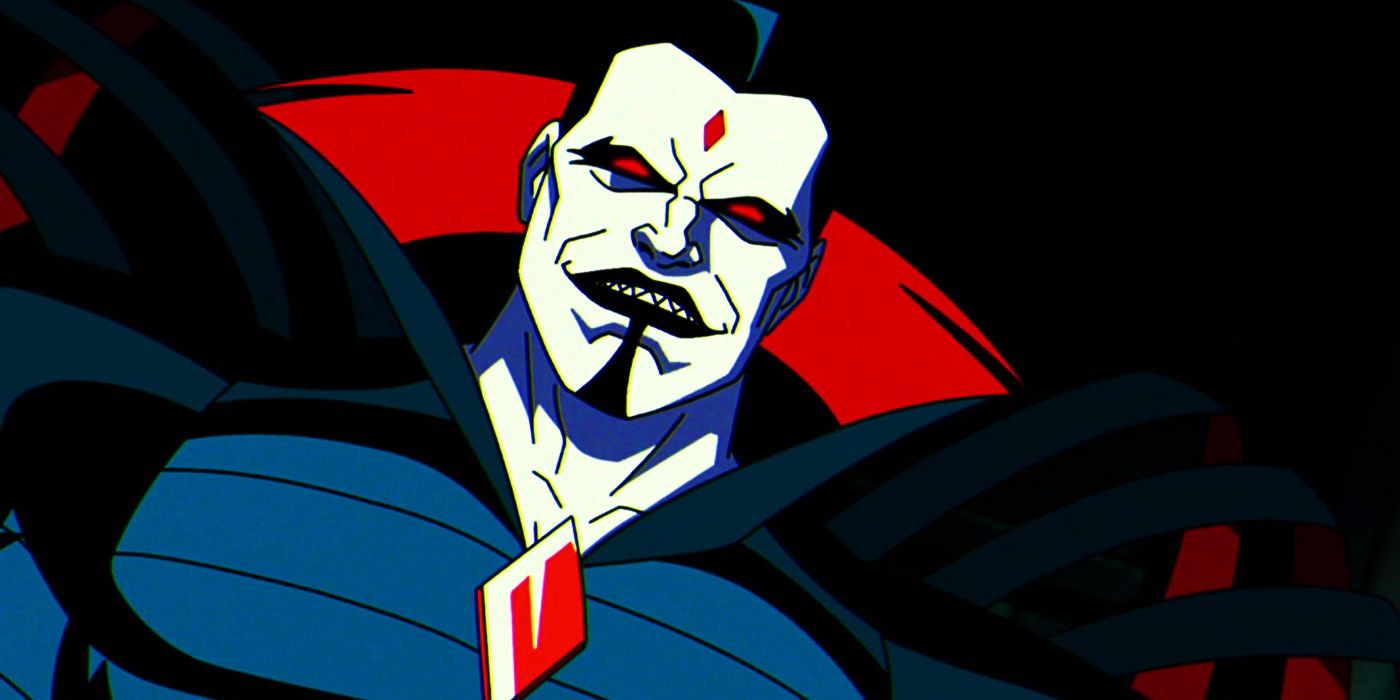
In X-Men: ’97, Madelyne Pryor, acting under the influence of Mister Sinister, brings the baby Cable to the villain. Here, Sinister enacts his research into Cable’s presumably mighty mutant abilities. This is slightly different from the original X-Men storyline, where the evil mutant actually cruelly snatched Nathan Summers from his mother.
Reeling from her abandonment by Cyclops, Madelyne and the young Nathan Summers are left in their isolated home alone. To acquire Cable for his insidious genetic experiments, Mister Sinister sends his henchpeople, the Marauders, to kill Madelyne and kidnap Nathan. Madelyne barely escapes with her life and witnesses the evil mutant ensemble abscond with her son. This is the final straw for Madelyne, who suffers a severe mental breakdown and calls the X-Men for help, who care for her and take her to live with them in the Xavier mansion.
6. Cable’s Mother Tried To Sacrifice Him
As Seen In Uncanny X-Men #241
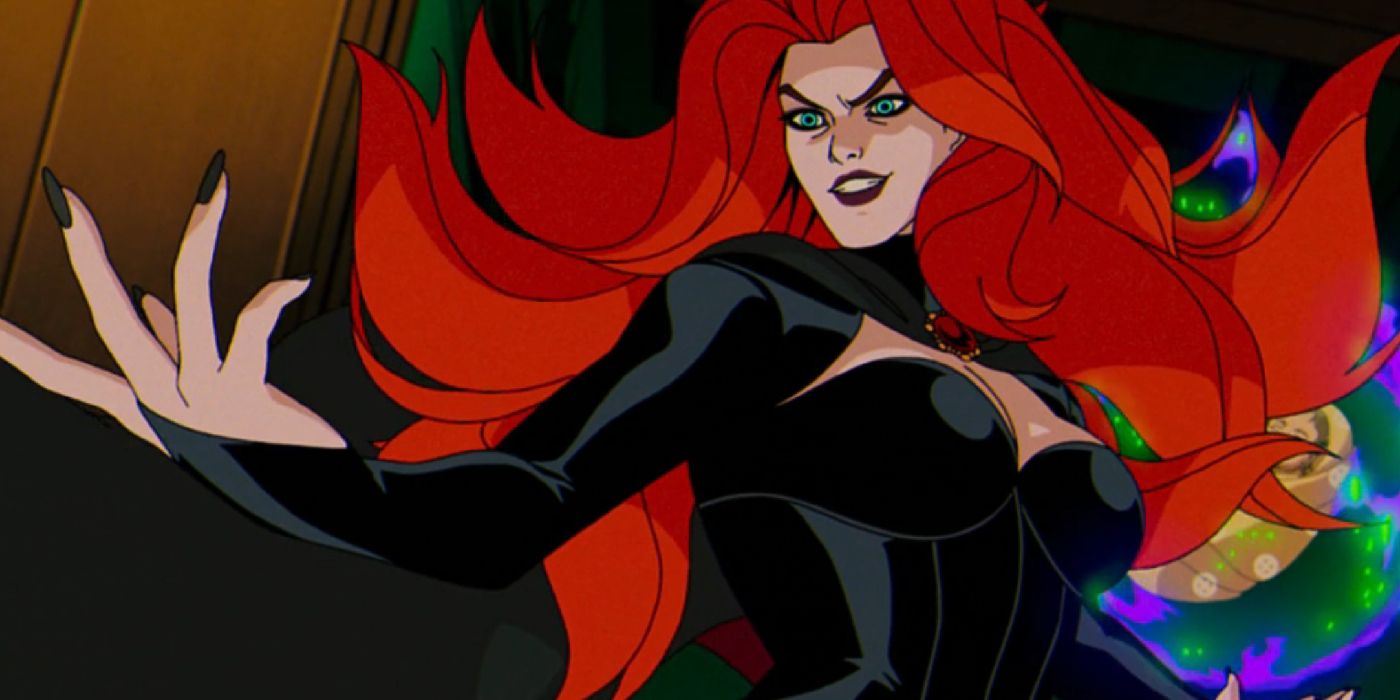
During X-Men ’97 episode 3, “Fire Made Flesh,” Madelyne Pryor initially gives Mister Sinister Nathan Summers for his experiments. However, after regaining her senses, she works with the X-Men to rescue Cable from Sinister’s clutches. In X-Men comics, Madelyne actually plots to kill the baby Cable after her evolution into the Goblin Queen is complete.
Madelyne Pryor’s descent into darkness in X-Men comics culminated in a chilling plot to sacrifice her own son. Learning of why Cyclops abandoned her and Nathan, Madelyne is corrupted by a demonic presence known as S’ym, and soon strikes up a bargain with a demon called N’astirh to retrieve Nathan from Mister Sinister’s clutches. Through this, Madelyne learned her true identity, which causes her to completely lose her grip on reality and become the Goblin Queen. N’astirh convinces Madelyne to willingly sacrifice her son, Nathan, along with a series of other babies to open a portal to hell.
5. Apocalypse Gave Cable The Virus, Not Mr Sinister
As Seen In X-Factor #68
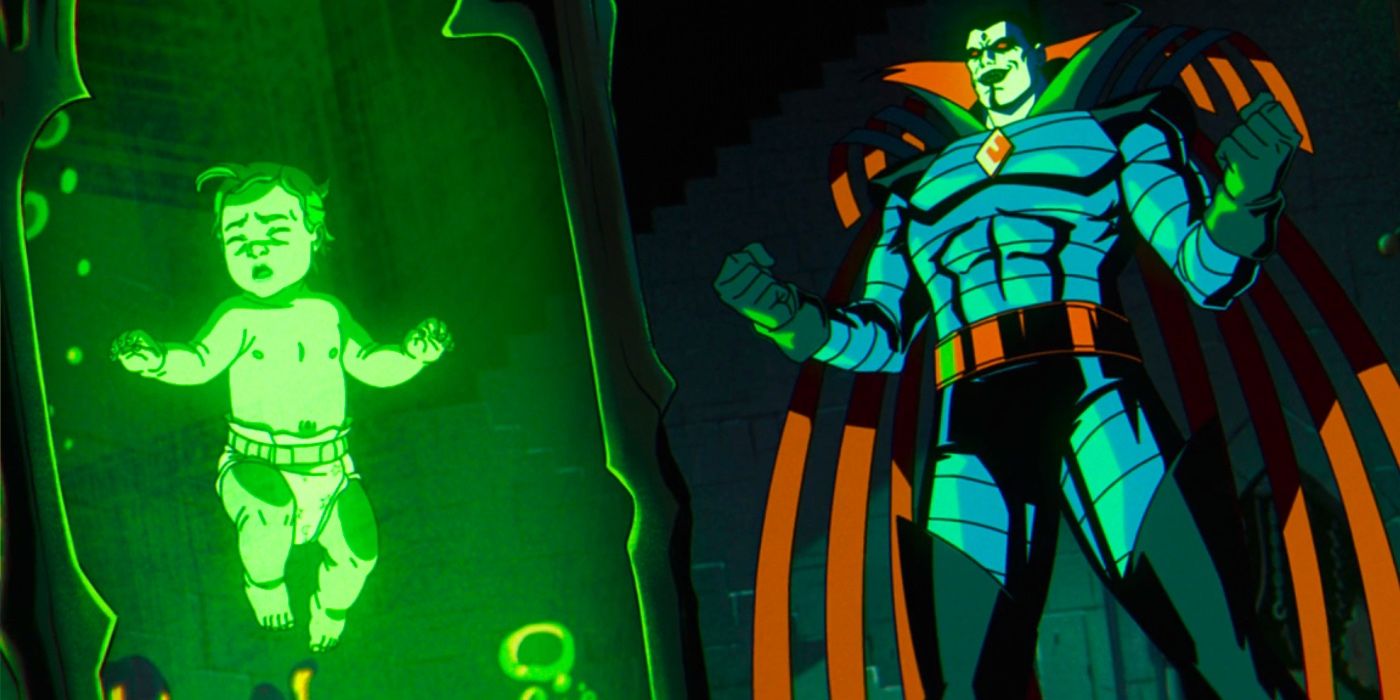
In X-Men ’97 episode 3 “Fire Made Flesh”, Mister Sinister is depicted giving Cable the Techno-Organic Virus during his malevolent genetic experiments on the infant. While this is the affliction that Cable contracted, he actually received it from another major X-Men villain: Apocalypse. During a classic X-Factor storyline, Apocalypse kidnaps Nathan Summers, engaging the Riders of the Storm to bring him the child. Apocalypse was seeking to test Cable’s burgeoning mutant abilities and decide whether he would make a suitable host.
To test Cable’s suitability, Apocalypse infects Cable with the virus. This, of course, led to Cable being sent into the future, where Cable would grow to become a threat to Apocalypse’s evil plans – particularly in X-Me: TAS. The infamous X-Men villain essentially created the circumstances that led to his downfall by ensuring Cable would be sent to the future, where he would join the battle against the tyrant in the post-apocalyptic future timeline.
4. The Askani Took Cable To The Future Not Bishop
As Seen In X-Factor #68
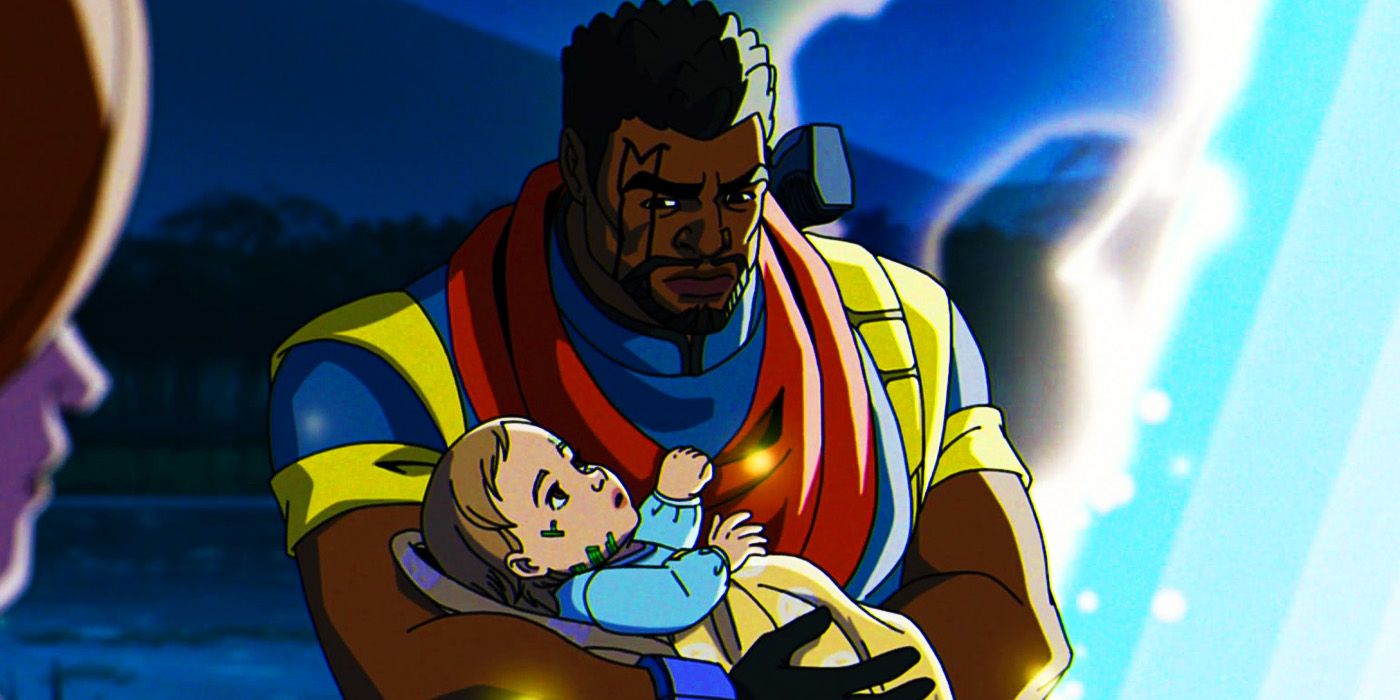
In the final scenes of X-Men ’97‘s “Fire Made Flesh,” Bishop’s time-travel bands are repaired, and he volunteers to take Cable to the future to receive medical care. However, in the original X-Factor storyline, it is a member of the Askani Clan who takes Cable into the future. The Askani Clan were from a post-apocalyptic future in which Apocalypse ruled. The Askani Clan were the primary resistance to Apocalypse’s evil deeds, who traveled to the present day to ensure the survival of their prophesized leader, the Askani’son: Cable.
Having Bishop take Cable into the future served to complete an unresolved narrative regarding Bishop’s temporal location after the events of X-Men: The Animated Series season 5, episode 15 “Beyond Good and Evil Part 4: End and Beginning.” Bishop was last seen falling through time, which was resolved in X-Men ’97 episode 1 when Bishop became a part of the X-Men ’97 team. However, Bishop’s journey into the future with Cable has presumably concluded this narrative, with Bishop returning to his own time.
3. Cable Was Sent The Askani Not Sent To Forge
As Seen In X-Factor #68

X-Men ’97 episode 3 “Fire Made Flesh” suggested heavily that Bishop was taking Cable to meet Forge. This was hinted at when Bishop remarks that he knows a man who could invent almost anything. While this recalls Forge’s previous appearances in X-Men: TAS, in which Bishop and Forge frequently worked together to fix their apocalyptic timeline, this is not what happens in X-Men comics.
In X-Men comics, when the infant Cable is taken into the future by the Askani Clan, he remains with the troupe and is raised as their prophesized leader. It is later revealed that Jean Grey and Cyclops travel into the future and raise Cable for a period of time. A subsequent story revealed that Rachel Summers – Jean and Cyclops’s daughter from an alternate timeline – was a member of the Askani and was Cable’s primary caregiver.
2. Bishop And Cable Live In Different Time Periods
As Seen In The Uncanny X-Men #282
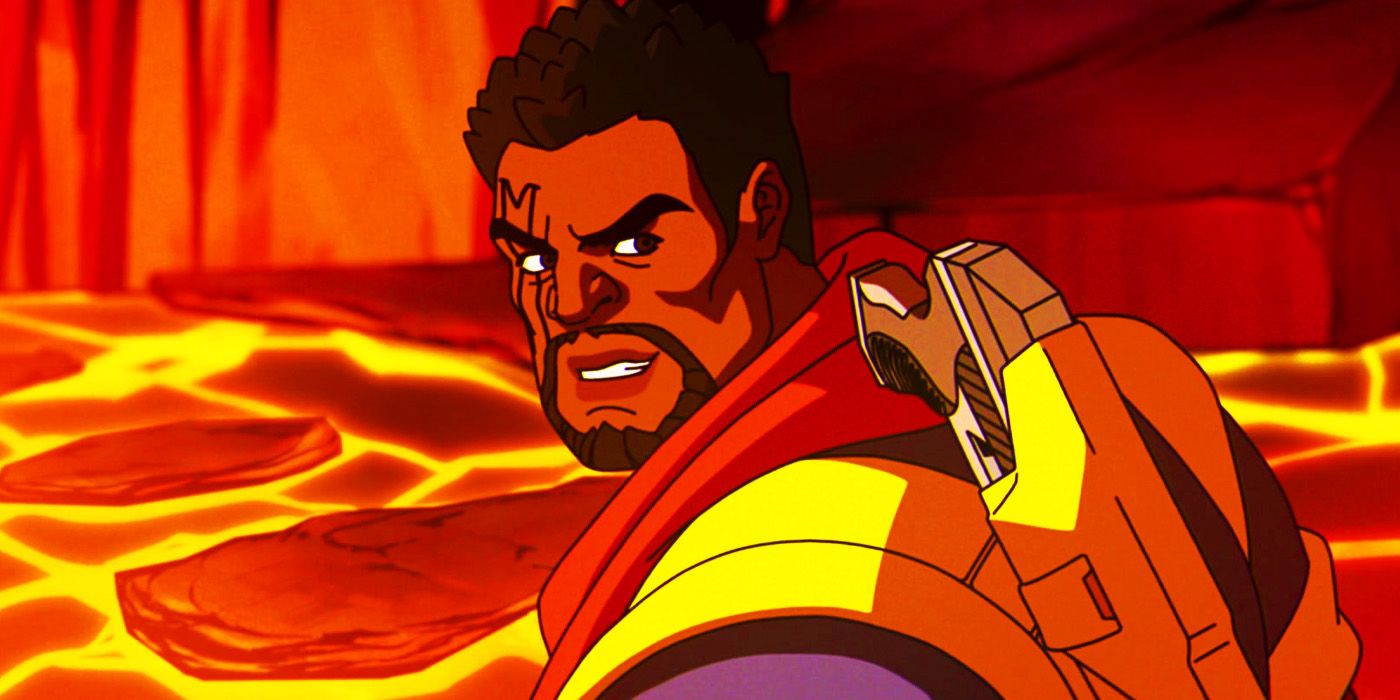
In X-Men ’97, Bishop takes Nathan Summers with him into the future, which is presented as though the pair are traveling into Bishop’s original time. Bishop previously traveled back to the present day in X-Men: TAS, leaving behind his friends and family in a post-apocalyptic wasteland. Bishop has returned to this time, taking Cable with him. However, in X-Men comics, the pair are from vastly different eras.
Bishop originates 80 years in the future – dealing with the imminent fallout of the Sentinel program and the Mutant Registration Act. Cable, on the other hand, grew up 2000 years into the future (2999 AD at the time of writing), during a time when Apocalypse rules over the world. During X-Men: The Animated Series, Cable is depicted in this time, so presumably, travels through time once more in the X-Men ’97 continuity.
1. Ways X-Men: TAS Changed Cable’s Origin Story
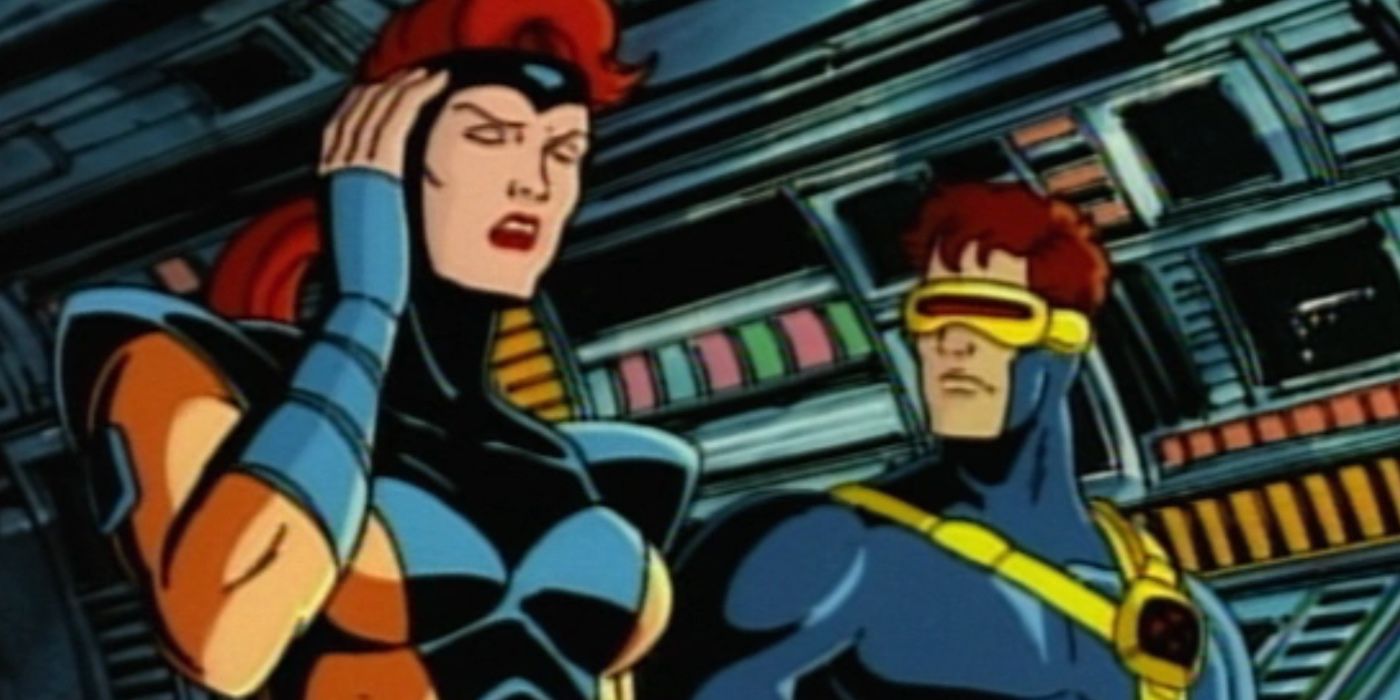
Cable’s Metal Arm Is Actually A Result Of The Techno-Organic Virus
X-Men: The Animated Series made some minor changes to Cable’s origin story, which X-Men ’97 doesn’t explicitly reference but is considered canon. One major change is the fact that Cable’s trademark bionic arm and glowing eye are mechanical constructs. In Marvel Comics, Cable’s arm and eye are a result of the Techno-Organic Virus that he was infected with as a baby. This change was likely made to introduce Cable into the X-Men: TAS continuity before exploring the Techno-Organic Virus, and could easily be retconned in future appearances in X-Men ’97.
Cable Didn’t Travel To A Time Before His Birth
Cable was introduced into X-Men: TAS pretty early on (season 1, episode 7 “Slave Island”). As a result, this places his initial journey back to the modern day before his birth. This never occurred in X-Men comics, first appearing as an adult years later in The New Mutants #86 in 1990.
One interesting result of this was that in X-Men: TAS Jean Grey became aware of Cable’s identity decades before his birth. This also never occurred in the comics, which didn’t reveal Cable’s identity as Nathan Summers until his first solo comic book. Since then, Cable has become one of the most popular characters in the X-Men pantheon.
